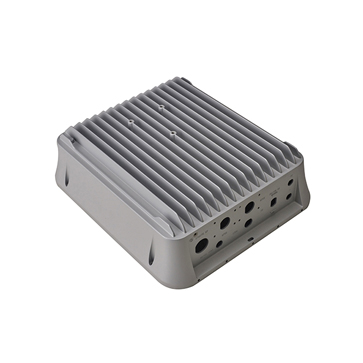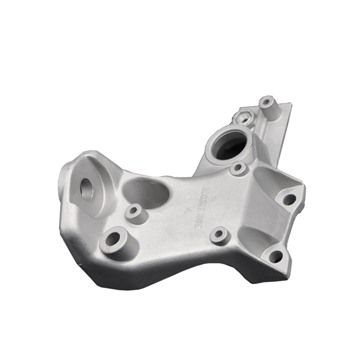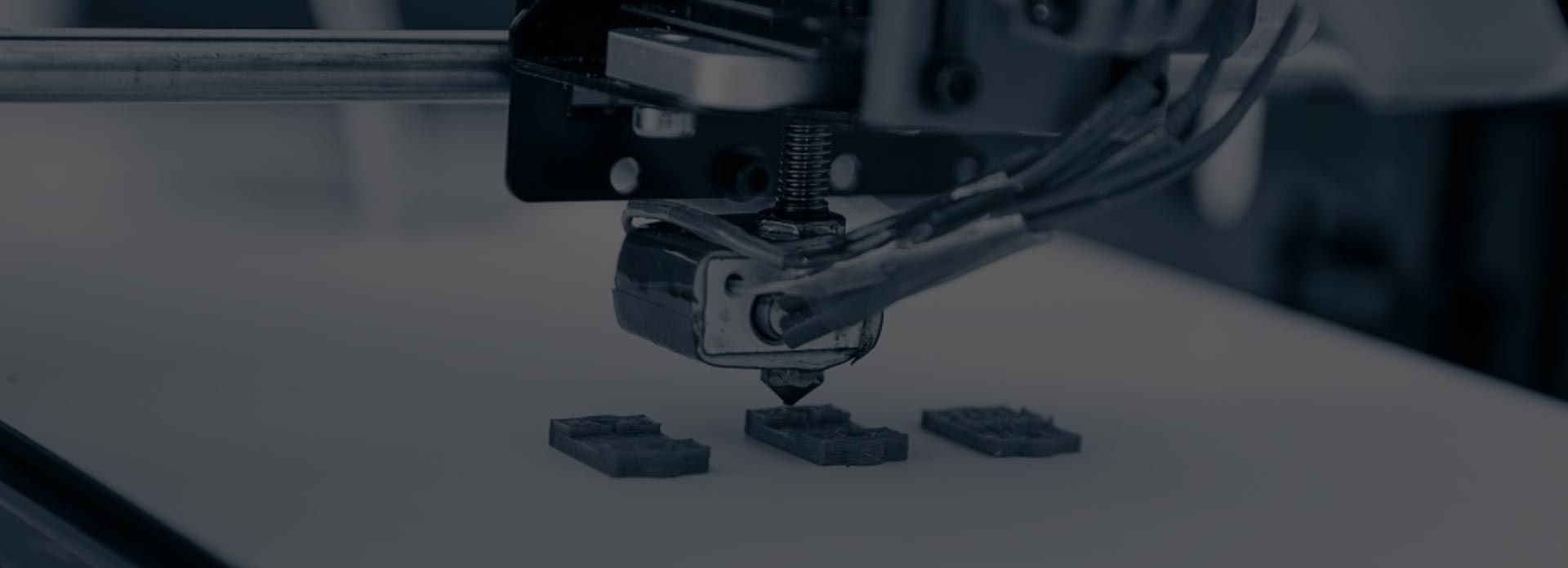



Upload/ Email your 3D drawing( igs, step.stp) files and Technical drawing to pressure die casting company Proto Mold

Get a quotation with Free DFM report within 2 days.

Checking T1 Samples: when you are confirm the order, there are need about 2-3weeks for finishing it.

Mass production: Once Confirmed the sample, We will finish the mass production at 4-7working days.

Reorder the parts from your diecasting mold
Die casting material, die casting machine and die are the three major elements of die casting production. The so-called die casting process is the organic comprehensive use of these three elements, so that it can steadily and efficiently produce qualified castings with good appearance, internal quality, size in line with the requirements of the drawing or agreement, or even high-quality castings.
Die casting manufacturing is the use of advanced die steel, after rough processing, heat treatment (≥HRC45), finishing and other processes completed.
1. The traditional die casting process, mainly formed a variety of complex modeling parts; High production efficiency; Die-casting parts that can be inlaid with other materials; Not suitable for small batch production; The type of die casting alloy is limited.
2. Vacuum die-casting, which can mainly reduce the internal porosity of die-casting parts, increase the density; Die castings have high hardness and fine structure. The wall thickness of machined materials is reduced by 25%~50% compared with traditional materials. Can reduce casting and exhaust system; It can increase productivity by 10%~20%
3. Oxygenated die casting, mainly eliminate and reduce porosity; The castings can work at 200~300℃; Compared with other types of die casting, simple structure and convenient operation
4. Precision and fast dense die casting, mainly with a low filling speed; Thick inner gate; Control the sequential solidification of parts; Injection mechanism adopts double punch
5. semi-solid die casting, mainly 50% solid composition makes the alloy shrinkage rate is small, at the same time has good flow feeding, casting quality is good
The semi-solid cavity does not flow and can be filled with full wall thickness. Simple and convenient operation, easy to organize mechanized production; It can realize zero demoulding resistance and improve casting accuracy. Under the action of shear force, the grain is refined and the mechanical properties are improved.
The two main types of die casting processes are hot-chamber and cold-chamber die casting. Variations on these two types of die casting include: Low-pressure die casting. Vacuum die casting.
A: Die casting materials are aluminum, zinc, magnesium, copper, mold core materials are also 3Cr2W8V, 4Cr5MoSiV made in China, SKD61, DH-31, DAC imported from Japan, H11, H13 from The United States, 8407, 8418 from Sweden, and W302, 2344 and other brands. The production of materials and core materials affect the life of the mold, even if the use of the same alloy and core material, affect the life of the mold and the structure of the product shape and so on, so can not generally say how much the service life of the die casting die, from tens of thousands to hundreds of thousands of times.
B: aluminum: 120,000 modules
Copper: 20,000 modules
Magnesium: 200,000 modules
Zinc: 500,000 modules
C: the benchmark, depending on the product structure plus or minus mold life.
Die casting is a kind of precision casting method, through the die casting and casting of small tolerance, surface precision is very high, in most cases, die casting can be assembled without turning processing, threaded parts can also be directly cast. From the general camera parts, typewriter parts, electronic computing devices and accessories and other small parts, as well as cars, locomotives, aircraft and other complex parts are mostly made by die-casting method.